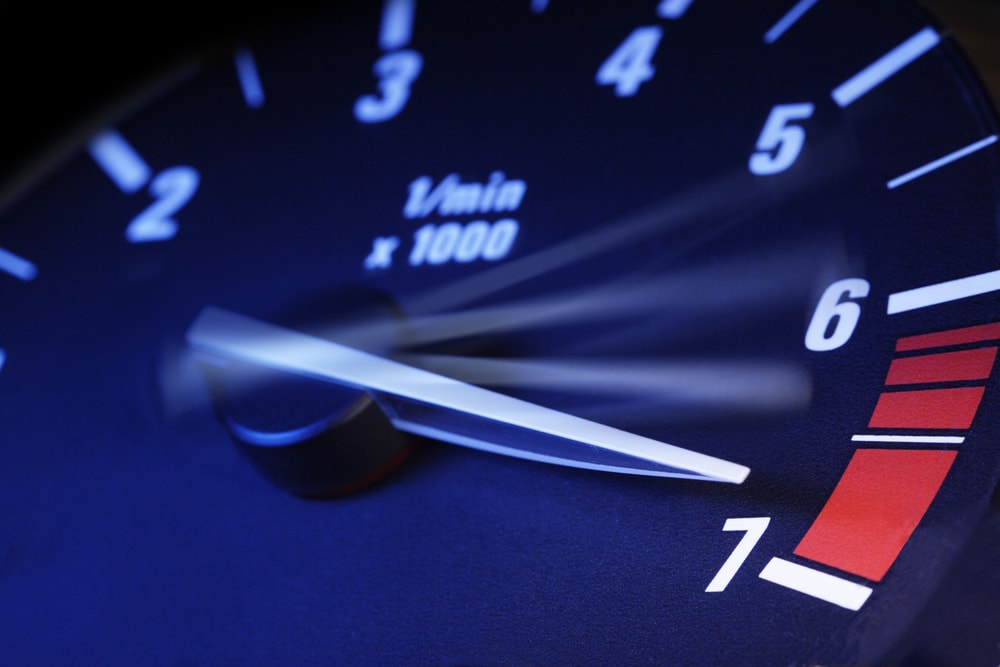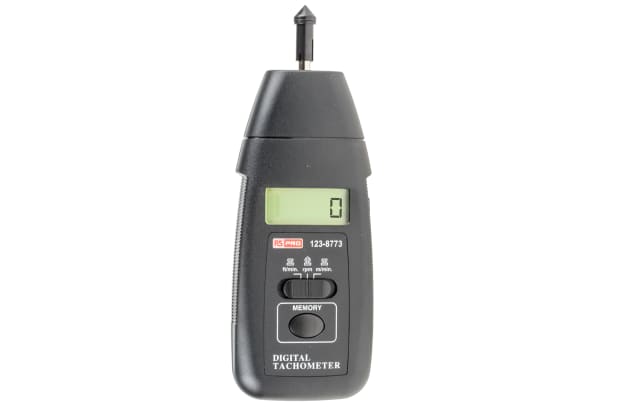How to Choose the Right Tachometer for Your Vehicle or Motorcycle
How to Choose the Right Tachometer for Your Vehicle or Motorcycle
Blog Article
The Importance of a Tachometer in Monitoring Engine Speed and Performance in Automotive Applications
In the world of vehicle engineering, the tachometer stands as a pivotal tool in the driver's collection, providing a direct home window into the internal workings of an automobile's engine. Past its feature as a mere scale of transformations per minute (RPM), the tachometer offers as an important tool for lovers and professionals alike, offering real-time insights into engine performance and health and wellness. Understanding the relevance of this gadget surpasses surface-level monitorings, diving right into the elaborate partnership in between engine speed, power result, and overall driving experience. As we check out the multifaceted duty of the tachometer in auto applications, a much deeper gratitude for its effect on automobile dynamics and performance starts to arise.
Relevance of Keeping An Eye On Engine RPM
Monitoring engine RPM, or changes per min, is a crucial element of automotive upkeep and efficiency assessment. Engine RPM directly associates with the speed at which the engine's crankshaft revolves, indicating just how rapidly the engine is running - tachometer. By checking RPM, mechanics can evaluate the health of the engine, identify possible issues, and fine-tune performance. An uncommon RPM reading might signify troubles such as engine misfires, faulty trigger plugs, or concerns with the gas distribution system. Consistently high RPM analyses could suggest aggressive driving practices or the need for a greater equipment shift to boost fuel effectiveness.
Furthermore, keeping an eye on engine RPM is important for performance analysis in racing and high-performance automobiles. Preserving optimal RPM degrees is crucial for attaining peak power outcome and acceleration. Racers often utilize tachometers to guarantee they are running within the suitable RPM array for optimum performance. In summary, checking engine RPM is not just important for discovering issues however also for maximizing engine efficiency in different automotive applications.

Advantages of Real-Time Information
In automotive applications, real-time information plays a crucial duty in providing immediate insights right into the efficiency and condition of the vehicle. By continually keeping track of numerous criteria such as engine rate, temperature, gas intake, and extra, real-time data supplies numerous advantages that add to improved effectiveness and safety on the roadway.
Furthermore, real-time data promotes performance optimization by giving immediate comments on driving habits and engine efficiency. Vehicle drivers can adjust their actions in real-time based on this information to attain much better fuel economic situation and prolong the life expectancy of their lorry.

Furthermore, real-time data plays a vital function in modern automobile diagnostics, making it possible for service technicians to quickly detect and resolve breakdowns. This leads to lowered downtime, lower upkeep expenses, and eventually, enhanced total lorry reliability and long life (tachometer). By taking advantage of the power of real-time data, vehicle stakeholders can make enlightened decisions that positively affect both the efficiency and long life of the automobile
Effect on Equipment Shifts
Efficient equipment shifts in automotive applications significantly affect overall efficiency and driving experience. The tachometer plays a crucial function in enhancing equipment changes by giving real-time engine rate information to the driver. When approaching the redline on the tachometer, it signifies the check out this site vehicle driver to upshift to prevent over-revving the engine and causing prospective damages. On the other hand, downshifting at the right moment can help maintain the engine in its power band, ensuring receptive acceleration when needed.
Additionally, the tachometer help in attaining smoother gear changes, especially in manual transmissions. By monitoring engine rate, drivers can implement gear shifts at the ideal RPM array, lowering snagging movements and lessening wear on the transmission components. This accuracy on duty adjustments not only enhances driving convenience but also adds to sustain efficiency.
Enhancing Fuel Efficiency
Provided the crucial role the tachometer plays in maximizing gear changes for performance and engine wellness, it straight contributes to making best use of fuel efficiency in auto applications. By providing real-time feedback on engine rate, the tachometer helps chauffeurs in maintaining one of the most effective RPM array for fuel economic situation. When drivers regularly check the tachometer and readjust their driving routines as necessary, they can avoid unnecessary gas consumption caused by over-revving or lugging the engine.
Moreover, the tachometer aids drivers determine one of the most fuel-efficient equipment to be in at any provided minute, protecting against the engine from functioning harder than essential. This is specifically critical during acceleration and travelling, where being in the best equipment can dramatically affect fuel efficiency. In addition, the tachometer can notify vehicle drivers to potential mechanical issues that could be negatively influencing gas economic climate, such as a slipping clutch or a stopped up air filter. In verdict, the tachometer serves as a valuable tool visit this site in improving gas efficiency by promoting ideal driving routines and determining locations for improvement in the lorry's efficiency.

Taking Full Advantage Of Engine Durability
The tachometer's role in checking engine rate and performance contributes in ensuring the longevity of vehicle engines. By using the tachometer effectively, drivers can maximize engine durability via conscious RPM management. Regularly revving an engine too expensive can lead to too much damage on essential elements, such as the pistons, shutoffs, and bearings. With time, this can lead to reduced engine efficiency and possible malfunctions. Monitoring the tachometer enables vehicle drivers to remain within the suggested RPM array for their automobile, preventing unneeded strain on the engine and expanding its life expectancy.

Conclusion
Finally, the tachometer plays an essential role in keeping track of engine rate and performance in tachometer automobile applications. By giving real-time data on RPM, it permits efficient gear changes, enhanced gas performance, and made the most of engine long life. This device is essential for maintaining optimum engine efficiency and ensuring the general performance of a vehicle.
Report this page